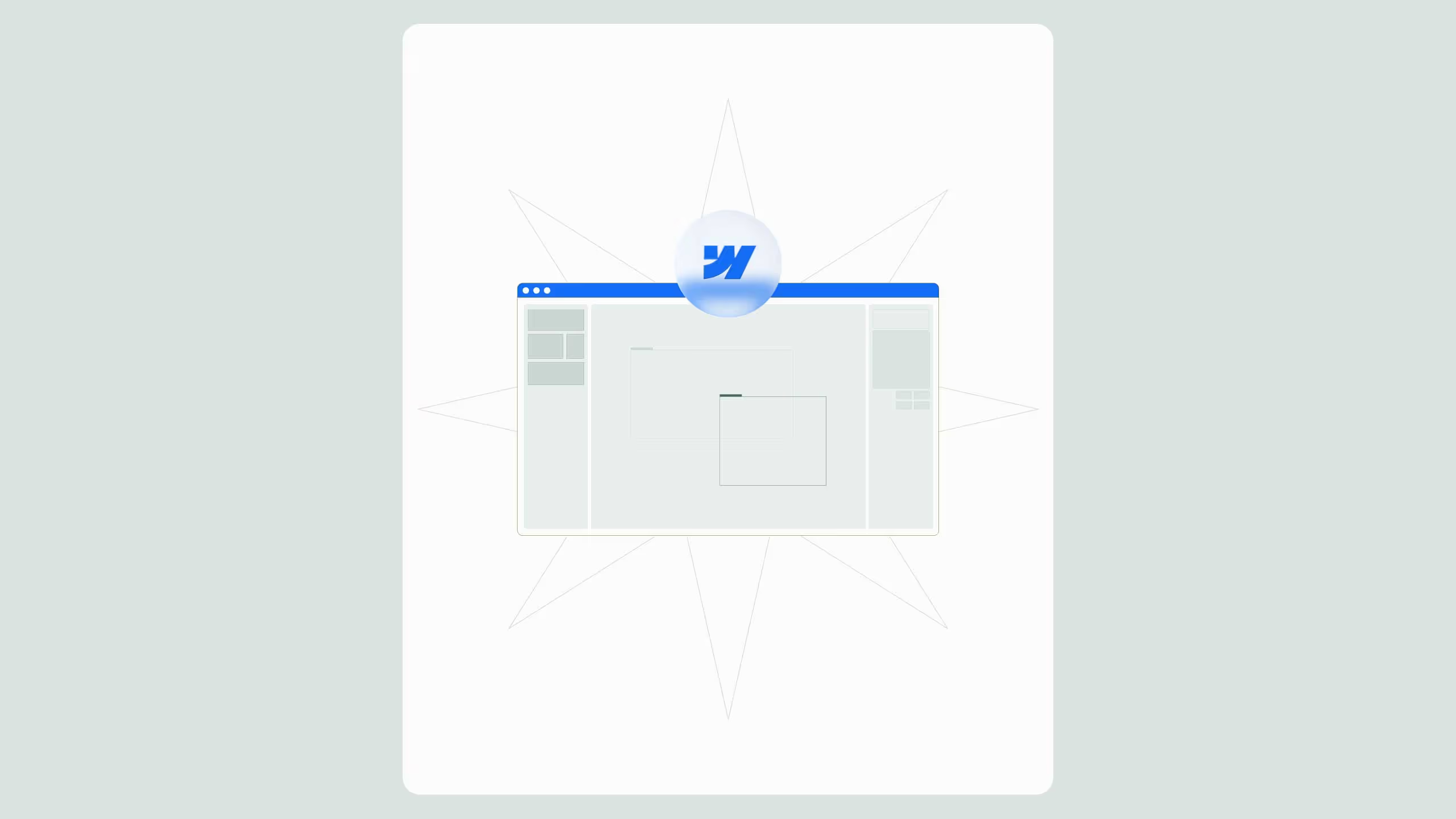10 Types of website pages

A professional website isn’t just about great visuals, it’s about structure. Every strong website is built on 10 essential page types that together form the foundation of a successful online presence: Homepage, About, Services/Products, Testimonials, Contact, Blog, Press, Terms & Conditions + Privacy Policy, FAQ, and 404 Error. Each page serves a unique purpose, from storytelling and lead generation to trust-building and compliance. Skipping even one can weaken the user journey. Well-organized pages help visitors easily find what they need, understand your value, and take action, which ultimately builds trust and drives conversions.
Websites contain everything you and your company hold dear!
Since this place is full of information, people come here to find out about you and decide if they want something you offer. Precisely because it is the epycenter of your marketing, your website must first and foremost look clear and professional.
All website owners should know that blank pages are not filled by simply throwing all the information on them. On the contrary, on the website, there must be some order. As in a richly equipped store, everything must be visible properly (and when needed). Therefore, it is best to evenly distribute the necessary content users need to see on your pages. For that, you can organize content by putting a portion of valid information on each page. After all, that is how different types of pages on websites came about! And we present to you the 10 most important types of pages that your website should have for an ongoing look!
If you're looking to build a website, than check out Webflow, it's a perfect place to start.
1. Homepage
The page that users see first
This main page is crucial for whether users will stay on your website. As such, it must be CAPTURING to win and retain the attention of the visitor! So, on the Homepage, you present yourself, for which you should use your most ingenious content! Headings should be striking and interesting to make the visitor take a look at further content. The best content here is a self-explanatory one. Then, you should describe what you do and make it short and clear-cut. What you offer should be explained with brief yet intriguing content, perhaps in the forms of bullet points, short descriptions, lists, etc.
The point of the whole Homepage is to interest a potential client with a light and entertaining presentation of a brand.

2. About us page
A place where clients meet you
This page holds the history of your brand. How did you start, what are your basic ideas and values, what do you offer, what do you strive for, what inspires you - all this is important to future clients! People want to know things like this about you to understand you better. So, be open and write an honest story about you and your brand, with which people will be able to connect. Just make sure the content isn’t too bulky or tiresome to read.
It is enough to summarize what you do, present your team through biographies and photos, and state what skills make you stand out as a company. Through a few paragraphs, you can successfully introduce anyone who comes across what is unique to you. Less is more - remember that, and you will be able to express the essence of your brand

3. Service & Product page
The heart of the website
Besides who you are, what you offer must show just as well on the pages of your website!
Services and products are at the core of any business. Because of these offers of yours, people primarily come to your website! So, on the Services & Products page, you need to summarize what all goes into your offer to the client. Then you need to describe the services individually. Organize this content into lists, categories, or hierarchical data. That will help the user to navigate more easily even if you have a large number of offers. To make it more transparent and engaging, include media (images, videos) on the pages that will show what you exactly offer, from products to services. Show your unique skills through these media and single out why your offers are the best for the client. Plus, don't forget the links that are a key part of this type of website page! Links lead customers to landing pages, and that's where you want them to make a purchase or contact you.

4. Testimonial page
A place to display your success
This page shows your successful projects and good cooperation with clients!
By showing what former clients think of you, you give future clients an insight into your work. And people really appreciate this. After all, for business, nothing is better than a recommendation. Therefore, this page should have a few paragraphs with reviews of your collaborators or users. In addition to the words about you, add photos and contact of people who wrote about your cooperation. It significantly adds to the validity of the review. After all, the task of the content of this page is to build credibility and trust. To show your confidence and recommend you to the audience.
So, the only thing you need to do is briefly, by category, organize your trust badges, testimonials, and grades in a clear and see-through form.

5. Contact page
Where customers find their way to you
This type of website page serves to provide all the information on how to get clients to contact you!
Nowadays, there are many ways in which we connect - via email, social network, various platforms, telephone, and even physical mail. First, your company should be open to as many such contact routes as possible. Second, all your contact information must be listed clearly. So, on this page, you should include all the media through which you communicate. On some websites, this can be designed as a contact form. Either way, it is essential that instructions on how to reach you are evident. Add to that a CTA element and a catchy headline that will draw clients into going all the way through to you. And the contact page becomes perfect.

6. Blog page
For informing, educating, and entertaining
A Blog page is where you store your blog posts. Your stories. While you elaborate on what you do by writing blog posts, you can educate visitors about your offers. You can also entertain them with some fun facts! But, since some topics may seem confusing and vague, you should make your blog easy to read. That means dividing the text into smaller sections, using bullet points, and categorizing content. In fact, on the Blog page, you display posts chronologically. So, the most important thing here is to organize them by date or in some thematic categories.
For a classic look, you can design it as a catalog where the linked titles of each post lead to the content! That unburdens the structure of the page itself while leading the reader to more extensive content.

7. Press page
Connecting with the media
The press page links you to the media and advertising!
There you can find the most diverse types of content:
- Press releases. Listed articles that mention you or your work.
- Video & audio. All media about your work, podcasts, guest appearances, etc.
- Pictures & illustrations. Everything that presents your product and service. These can be logos, sketches, collages, and other advertisements of brand elements.
- Photos - actual images of the company's products and services, work environment, photos of employees, team, events, and so on. Everything the camera records about your business.
- Contact information - email, phone number, social media profiles, and similar info that allows various media to contact you and/or your team.
Basically, the Press page should contain everything that has to do with advertising your brand on other platforms. This web page is a media center. So, pay extra attention when designing it. Since many elements on the spot can be burdensome, categorize the content into meaningful units. Also, include links that seamlessly guide the user through a large amount of diverse information.

8. Terms & Conditions page + Privacy Policy page
Rights and obligations
These two items are equally necessary for any website!
Terms & Conditions are the rules of conduct and use of your website, which every user must know. So don't assume that people already know those rules. Copyright for your website, regulations, guidelines, and explanations on how your website works - all of that should be on a separate page. The Privacy Policy also must be noted because it concerns the personal information of your clients. Simply put, you must explain the flow of data on your website. In other words, how you collect personal information on your website, who has access to it, how it is used, whether it is shared, and the like. Both types of these website pages are slightly different from the others because they contain legal information. It must be presented very clearly.
Therefore, both the Terms & Conditions and the Privacy Policy pages are often simple and sleek in design. That way, website users can pay the most attention to their important subject matter.

9. FAQ page
Questions and answers
This page will save you and your clients’ time! Because people often have a bunch of questions. You just need to determine which are the most frequent questions and give uniform answers to them. These will usually be questions about your products or some sales and collaboration steps, so the content you use can vary. Answers can contain text, images, CTA elements, links, and anything that serves as a good explanation. Nevertheless, it is best to keep these answers short and instructive. On the page itself, the questions and answers fit best in the form of a drop-down list. So, their design saves space, and the content saves time.

10. 404 error page
That page that no one wants to see
However, the 404 error page is actually helpful. This page appears when the visitor cannot reach the desired page. The most common reasons for this are the non-existence of the website, relocation, and expiration of the website. Then a clear message should appear in front of the users that they cannot access the page. Also, this Error page should always contain a link to the homepage of your website. So that the visitor does not remain lost while searching.
Although it is basically an error page, it truly is useful because it navigates users when a problem arises. And it deserves some fine design too.


.svg)
.svg)


.svg)




